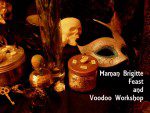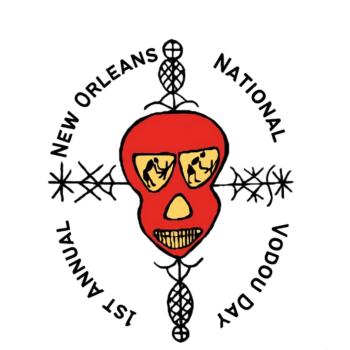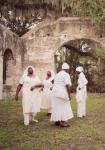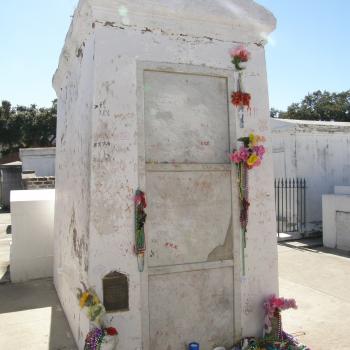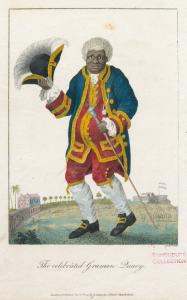
Many times Africans who make a difference are lost to the pages of history. This is particularly true if the individual practiced an alternative spiritual path. Humanity, and the lives of many of you reading this, have benefited from the monumental contributions of a man named Graman Quassi, also known as Graman Kwesi or Quacy. Born Kwesi Mukamba, this man was an 18th century leader, healer, botanist, and innovator. The blog Trip Down Memory Lane fills us in on some of the background of this lost history saying :
Quassie was named Graman Quassi, which means Great man Kwasi (Quacy) by his admirer and unofficial biographer, Lieutenant John Stedman. Quassi was a scout and negotiator for the Dutch, and he lost his right ear during the fighting. For this reason the Surinamese maroons remember him as a traitor. But the most important angle of my analysis on Graman Quassi was his success in the field of botany and medicine in which Carl Linnaeus (Carl von Linné) popularly known as “the father of modern taxonomy” and the famous Swedish botanist, physician, and zoologist, who laid the foundations for the modern biological naming scheme of binomial nomenclature- honored him for using the back of Quassia tree in Surinam to cure fever. A discovery that has enabled scientists to use Quassia in medicines like Bitter tonic and vermifuge.
As famous as Quacy was for his medical achievements, he was even more renowned for his accomplishments as a magickal practitioner. Called a “Witch Doctor” and a “Sorcerer,” he was immortalized by the image created by William Blake for the John Gabriel Stedman’s Narrative Of A Five Years’ Expedition Against the Revolted Negroes of Surinam. Stedman referred to him as “one of the most Extraordinary Black men in Surinam and Perhaps in the World….By his insinnuating temper and industry this negro not only Obtained his Freedom from a State of Slavery . . . but by his Wonderful artifice & ingenuity has found the means of Acquiring a very Competant Subsistance.” Quacy had become famous for his herbal knowledge and charms, also called Obeahs or Obias. He sold these to the fighting free people of color, Stedman comments about this that, “he not only has done a Deal of Good to the Colony but fill’d his Pockets with no inconsiderable Profits Also. ” His knowledge and skill also gained him an audience with the Prince of Orange in The Hague, where he was gifted with a gold-lined coat, gold-tipped cane, and a gold medal. Quacy in later days would proclaim that his trip was the impetus for the Dutch law that granted any person of color brought to Holland as a slave their freedom after six months. So maybe next time you order a Gin and Tonic, turn your minds to Graman Quacy one magic man who truly left his mark.
If you have enjoyed what you read here, please do us a favor and share this post. Thanks.



